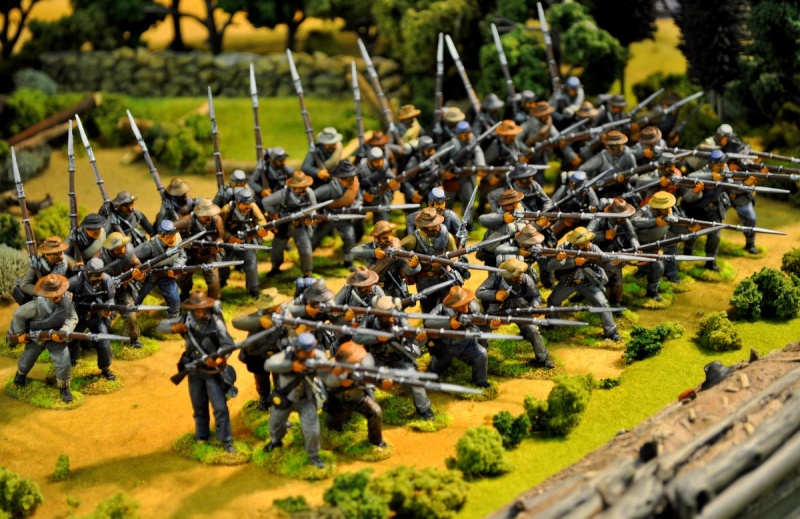 As regards the original Indian warfare, it was founded upon the principle of manly rivalry in patriotism, bravery, and self-sacrifice. The willingness to risk life for the welfare or honor of the people was the highest test of character. In order that the reputations thus gained might be preserved as an example to the young, a system of decorations was evolved, including the symbolic wearing of certain feathers and skins, especially eagle feathers, and the conferring of "honor names" for special exploits. These distinctions could not be gained unjustly or by favoritism, as is often the case with rank and honors among civilized men, since the deeds claimed must be proved by witnesses before the grand council of war chiefs. If one strikes an enemy in battle, whether he kills him or not, he must announce the fact in a loud voice, so that it may be noted and remembered. The danger and difficulty is regarded above the amount of damage inflicted upon the enemy, and a man may wear the eagle plumes who has never taken a life.It is easily seen that these intertribal contests were not based upon
As regards the original Indian warfare, it was founded upon the principle of manly rivalry in patriotism, bravery, and self-sacrifice. The willingness to risk life for the welfare or honor of the people was the highest test of character. In order that the reputations thus gained might be preserved as an example to the young, a system of decorations was evolved, including the symbolic wearing of certain feathers and skins, especially eagle feathers, and the conferring of "honor names" for special exploits. These distinctions could not be gained unjustly or by favoritism, as is often the case with rank and honors among civilized men, since the deeds claimed must be proved by witnesses before the grand council of war chiefs. If one strikes an enemy in battle, whether he kills him or not, he must announce the fact in a loud voice, so that it may be noted and remembered. The danger and difficulty is regarded above the amount of damage inflicted upon the enemy, and a man may wear the eagle plumes who has never taken a life.It is easily seen that these intertribal contests were not based upon[8] the same motives nor waged for the same objects as the wars of civilization—namely, for spoil and territorial aggrandizement. There was no mass play; army was not pitted against army; individual valor was held in highest regard. It was not usual to take captives, except occasionally of women and children, who were adopted into the tribe and treated with kindness. There was no traffic in the labor or flesh of prisoners. Such warfare, in fact, was scarcely more than a series of duels or irregular skirmishes, engaged in by individuals and small groups, and in many cases was but little rougher than a game of university football. Some were killed because they were caught, or proved weaker and less athletic than their opponents. It was one way of disciplining a man and working off the superfluous energy that might otherwise lead to domestic quarrels. If he met his equal or superior and was slain, fighting bravely to the end, his friends might weep honorable tears.
The only atrocity of this early warfare was the taking of a small scalp lock by the leader, as a semi-religious trophy of the event; and as long as it was preserved, the Sioux warriors wore mourning for their dead enemy. Not all the tribes took scalps. It was only after the bounties offered by the colonial governments, notably in Massachusetts and[9] Pennsylvania, for scalps of women and children as well as men, that the practice became general, and led to further mutilations, often stigmatized as "Indian," though in reality they have been practised by so-called civilized nations down to a recent period. That one should do murder for pay is not an Indian idea but one imposed upon the race by white barbarians.




 The first permanent settlement in Wichita was a collection of grass houses inhabited by the Wichita Indians in 1863. They had moved back to Wichita from Oklahoma during the American Civil War because of their pro-Union sentiments.
The first permanent settlement in Wichita was a collection of grass houses inhabited by the Wichita Indians in 1863. They had moved back to Wichita from Oklahoma during the American Civil War because of their pro-Union sentiments.


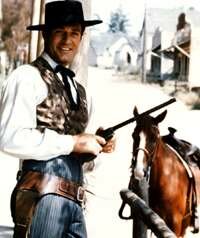



 and put it through the lower rails at a proper height from the ground to make a seat, and General Thomas and I sat down while, my troops were moving by.
and put it through the lower rails at a proper height from the ground to make a seat, and General Thomas and I sat down while, my troops were moving by.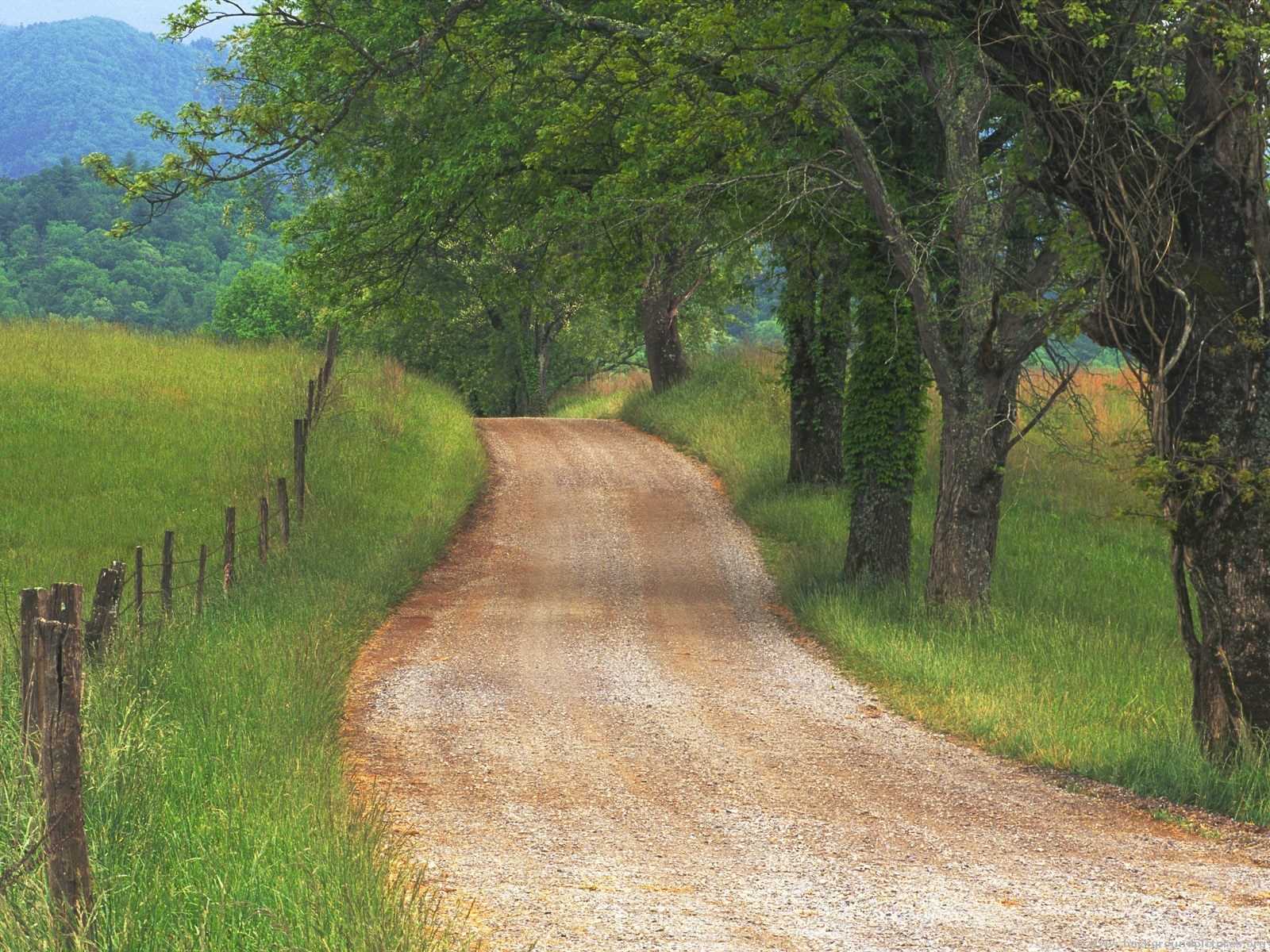
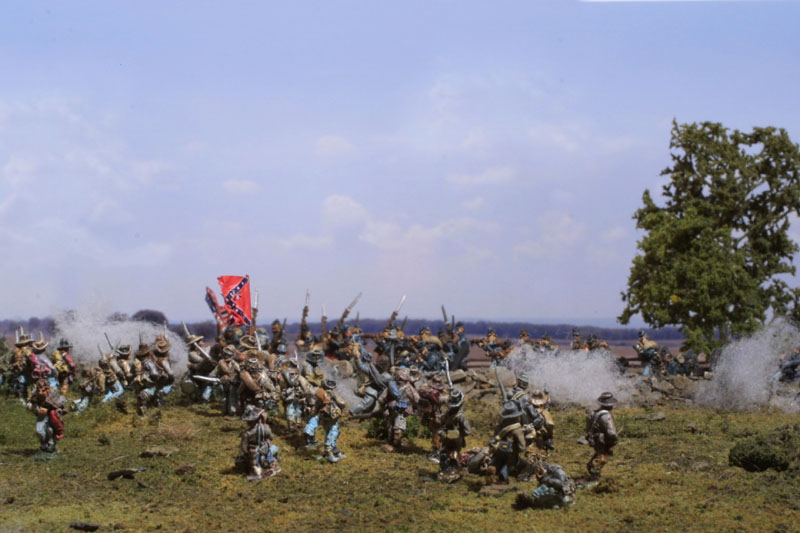 when our prospects were most disheartening, we held a brief conversation respecting the line he was then taking up for the purpose of helping me. At other times, in periods of inactivity, I saw but little of him. He impressed me, now as he did in the cedars, his quiet,
when our prospects were most disheartening, we held a brief conversation respecting the line he was then taking up for the purpose of helping me. At other times, in periods of inactivity, I saw but little of him. He impressed me, now as he did in the cedars, his quiet,
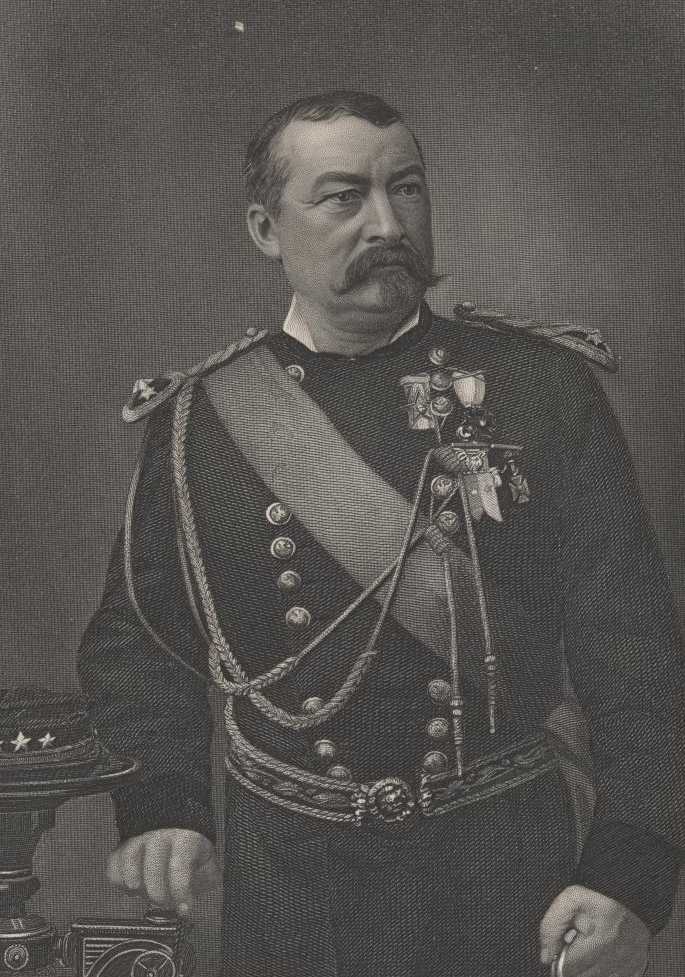
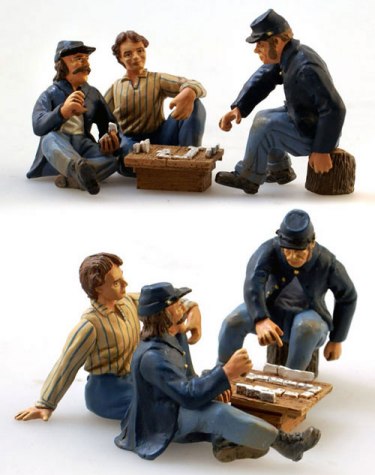 As the command was getting pretty well past, I rose to go in order to put my troops into camp. This aroused the General, when,
As the command was getting pretty well past, I rose to go in order to put my troops into camp. This aroused the General, when,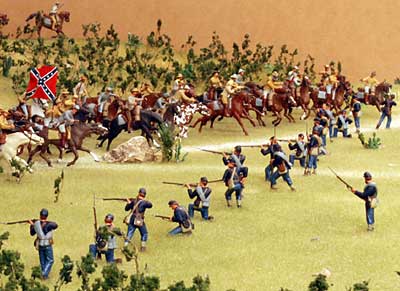 remarking that he had a little flask of brandy in his saddle-holster, he added that he had just stopped for the purpose of offering me a drink, as he knew I must be very tired. He requested one of his staff-officers to get
remarking that he had a little flask of brandy in his saddle-holster, he added that he had just stopped for the purpose of offering me a drink, as he knew I must be very tired. He requested one of his staff-officers to get 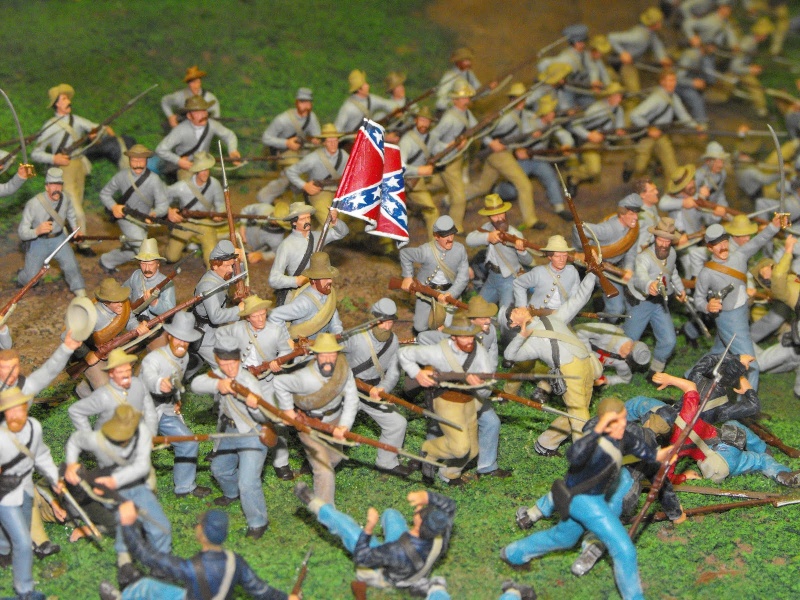 the flask, and after taking a sip himself, passed it to me. Refreshed by the brandy, I mounted and rode off to supervise the encamping of my division, by no means an easy task considering the darkness, and the confusion that existed among the troops that had preceded us into Rossville.
the flask, and after taking a sip himself, passed it to me. Refreshed by the brandy, I mounted and rode off to supervise the encamping of my division, by no means an easy task considering the darkness, and the confusion that existed among the troops that had preceded us into Rossville.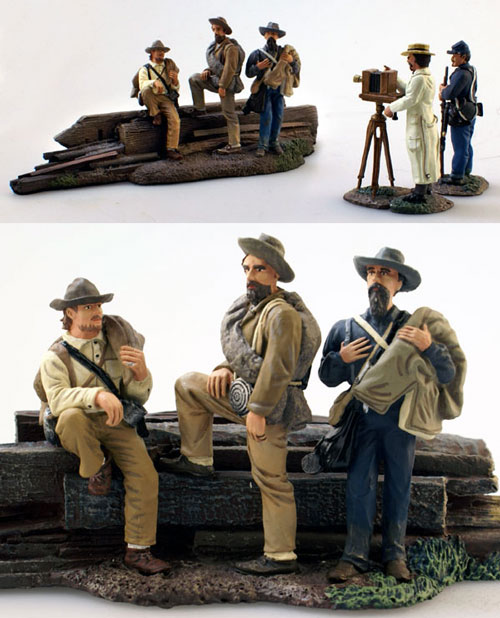

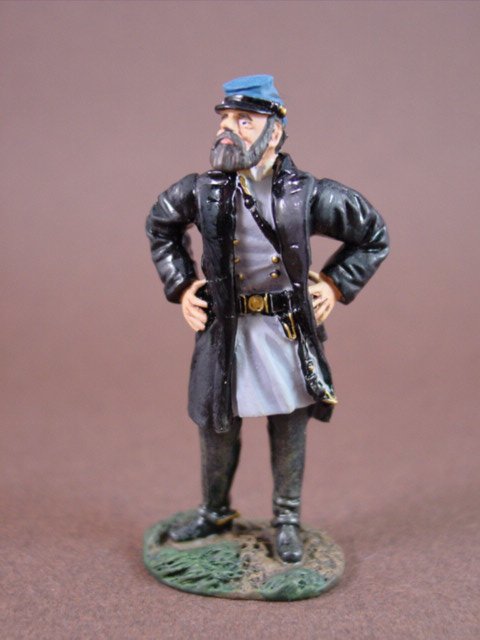

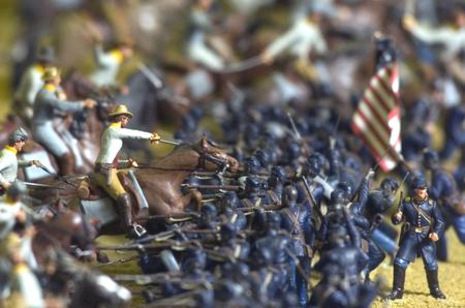







 supplies, and one of the points at which our army would cross the Tennessee, so I occupied it on July 29 with
supplies, and one of the points at which our army would cross the Tennessee, so I occupied it on July 29 with two brigades, retaining one at Stevenson, however, to protect that railway junction from raids by way of
two brigades, retaining one at Stevenson, however, to protect that railway junction from raids by way of


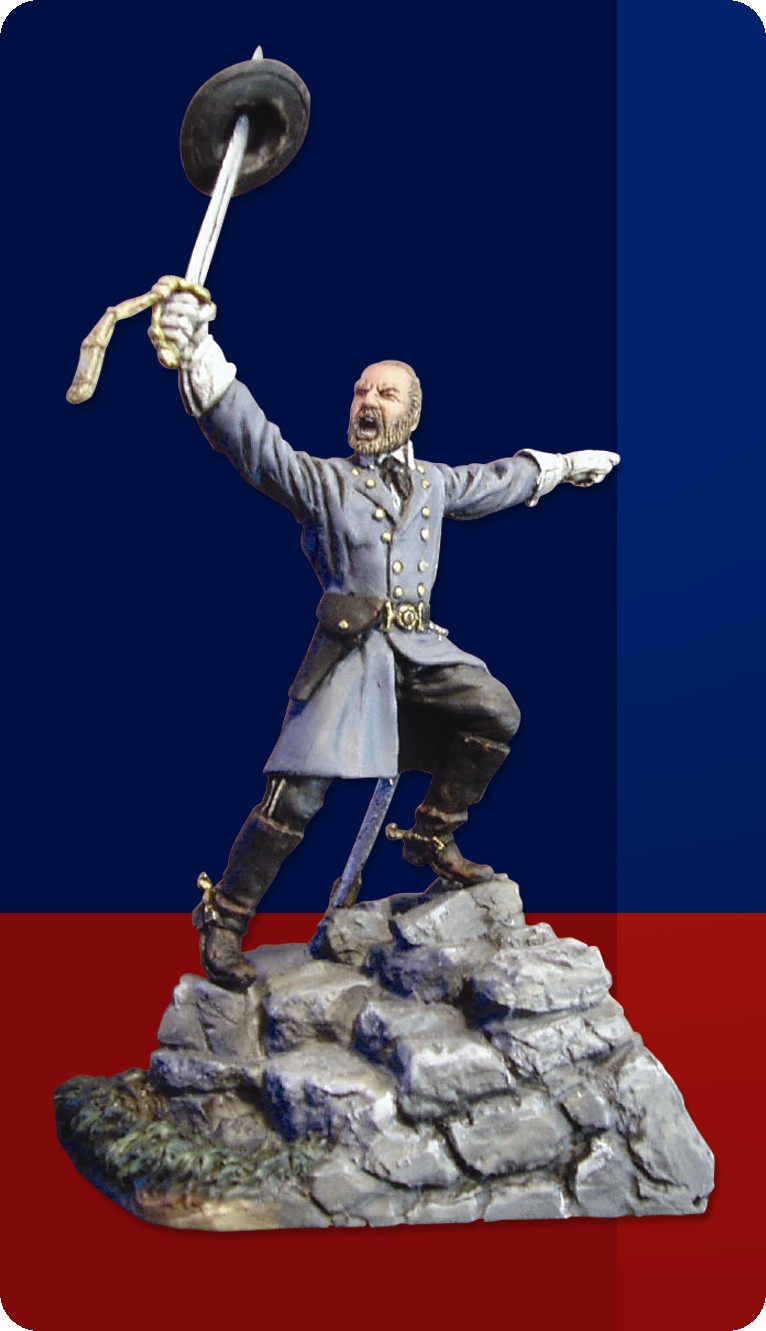 Caperton's ferry.
Caperton's ferry.  By the 29th of August a considerable quantity of supplies had been accumulated, and then began a general movement of our troops for crossing the river.Below a typical house of the Civil War period.
By the 29th of August a considerable quantity of supplies had been accumulated, and then began a general movement of our troops for crossing the river.Below a typical house of the Civil War period. As there were not with the army enough pontoons to complete the two bridges required, I was expected to build one of them of
As there were not with the army enough pontoons to complete the two bridges required, I was expected to build one of them of 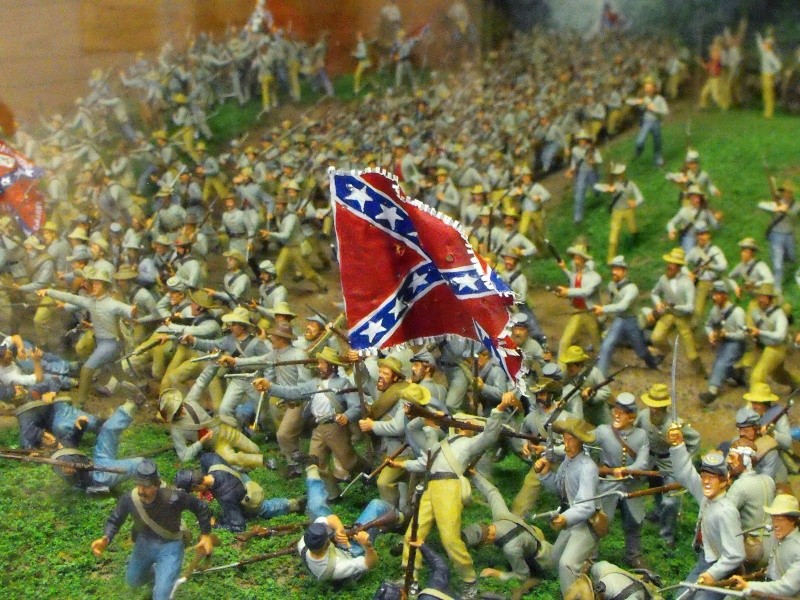 trestles; and a battalion of the First Michigan Engineers under Colonel Innis was sent me to help construct the bridge. Early on the 31st I sent into the neighboring woods about fifteen hundred men with axes and teams,
trestles; and a battalion of the First Michigan Engineers under Colonel Innis was sent me to help construct the bridge. Early on the 31st I sent into the neighboring woods about fifteen hundred men with axes and teams,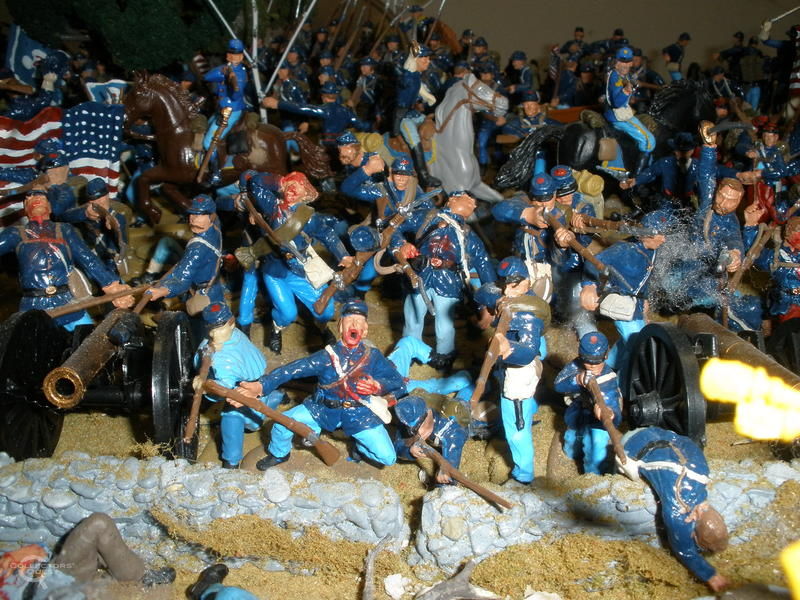 and by nightfall they had delivered on the riverbank fifteen hundred logs suitable for a trestle bridge. Flooring
and by nightfall they had delivered on the riverbank fifteen hundred logs suitable for a trestle bridge. Flooring  had been shipped to me in advance by rail, but the quantity was insufficient, and the lack had to be supplied by utilizing planking and weather-boarding taken from barns and houses in the surrounding country.
had been shipped to me in advance by rail, but the quantity was insufficient, and the lack had to be supplied by utilizing planking and weather-boarding taken from barns and houses in the surrounding country.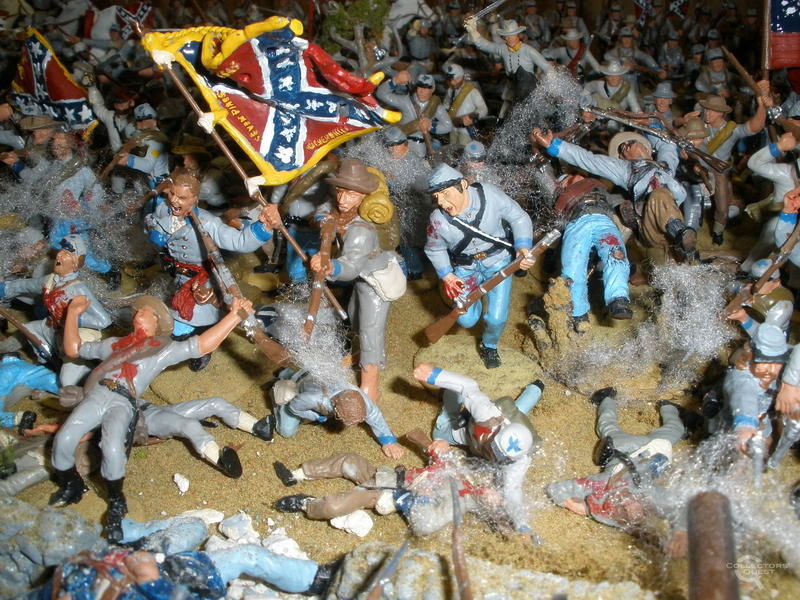 The next day Innis's engineers, with the assistance of the detail that had felled the timber, cut and half-notched the logs, and put the bridge across; spanning the main channel, which was swimming deep, with four or five pontoons that had been sent me for this purpose.
The next day Innis's engineers, with the assistance of the detail that had felled the timber, cut and half-notched the logs, and put the bridge across; spanning the main channel, which was swimming deep, with four or five pontoons that had been sent me for this purpose.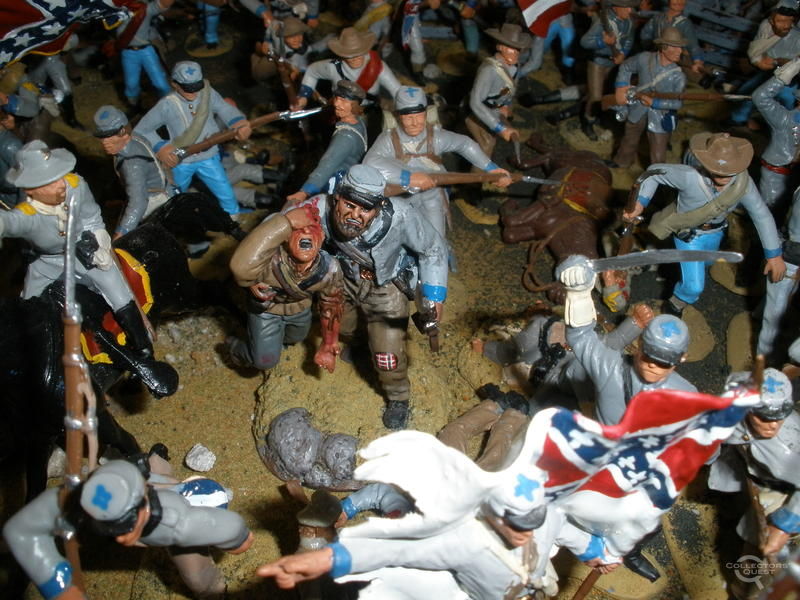 On the 2d and 3d of September my division crossed on the bridge in safety, though we were delayed somewhat because of its giving way once where the pontoons joined the trestles. We were followed by a few detachments from other commands, and by nearly all the transportation of McCook's corps.
On the 2d and 3d of September my division crossed on the bridge in safety, though we were delayed somewhat because of its giving way once where the pontoons joined the trestles. We were followed by a few detachments from other commands, and by nearly all the transportation of McCook's corps.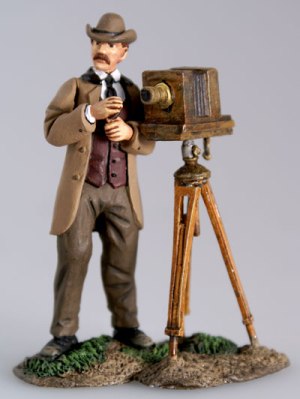
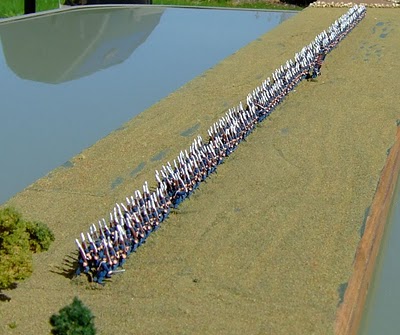
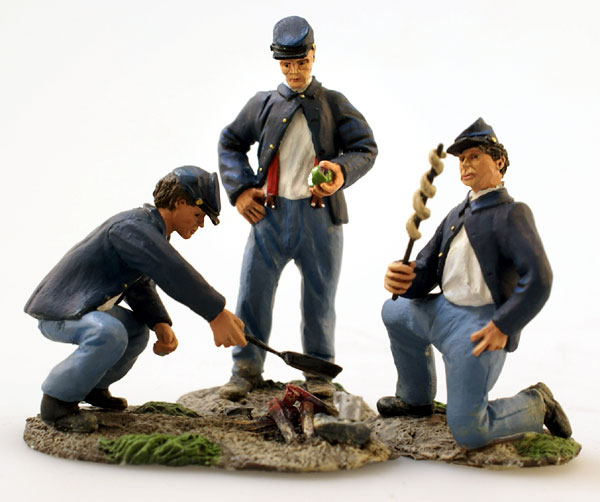
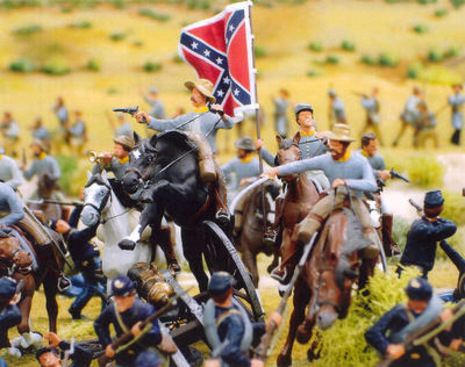
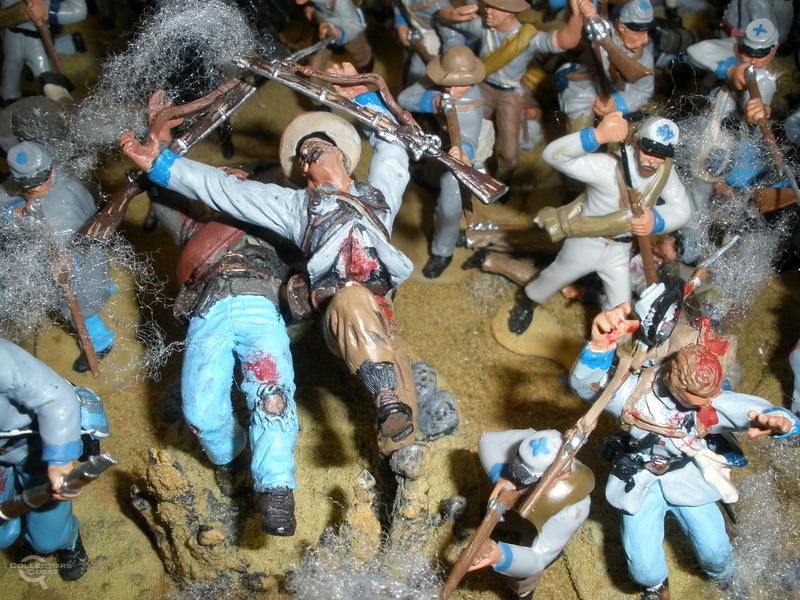 On the 4th of September I ascended Sand Mountain, but had got only half way across the plateau, on top, when night came, the march having been a most toilsome one. The next day we descended to the base, and encamped near Trenton. On the 10th I arrived at Valley Head, and climbing Lookout Mountain, encamped on the plateau at Indian Falls. The following day I went down into Broomtown Valley to Alpine. The march of McCook's corps from Valley Head to Alpine was in pursuance of orders directing it to advance on Summerville, the possession of which place would further threaten the enemy's communications, it being assumed that Bragg was in full retreat south, as he had abandoned Chattanooga on the 8th.
On the 4th of September I ascended Sand Mountain, but had got only half way across the plateau, on top, when night came, the march having been a most toilsome one. The next day we descended to the base, and encamped near Trenton. On the 10th I arrived at Valley Head, and climbing Lookout Mountain, encamped on the plateau at Indian Falls. The following day I went down into Broomtown Valley to Alpine. The march of McCook's corps from Valley Head to Alpine was in pursuance of orders directing it to advance on Summerville, the possession of which place would further threaten the enemy's communications, it being assumed that Bragg was in full retreat south, as he had abandoned Chattanooga on the 8th.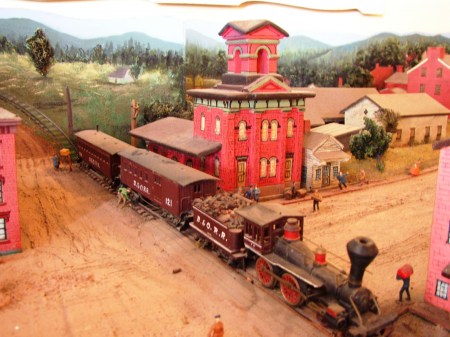 This assumption soon proved erroneous, however, and as we, while in Broomtown Valley, could not communicate directly with Thomas's corps, the scattered condition
This assumption soon proved erroneous, however, and as we, while in Broomtown Valley, could not communicate directly with Thomas's corps, the scattered condition